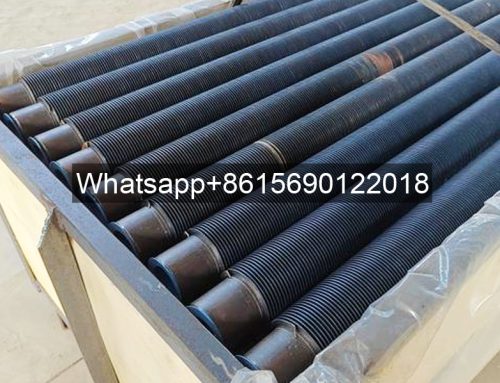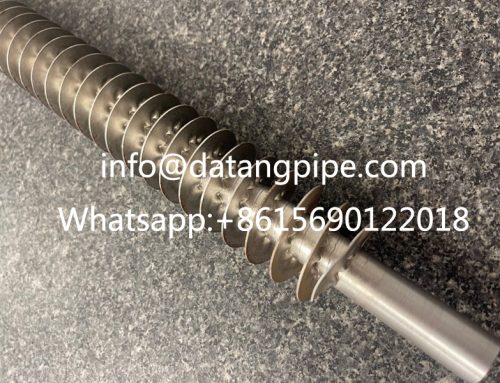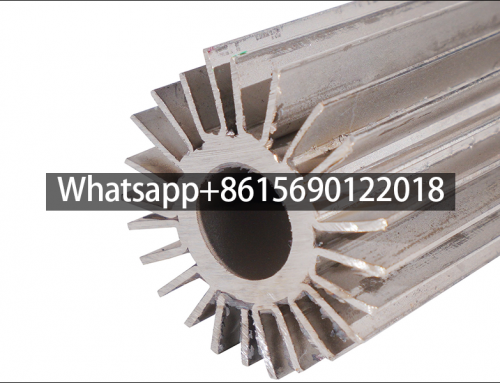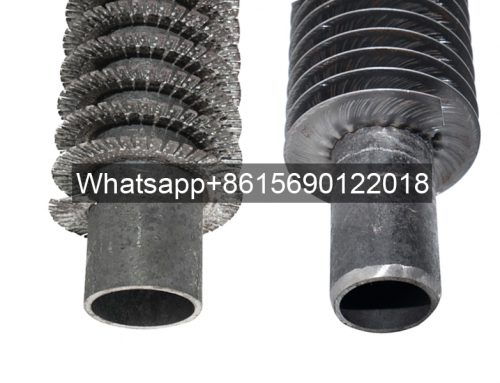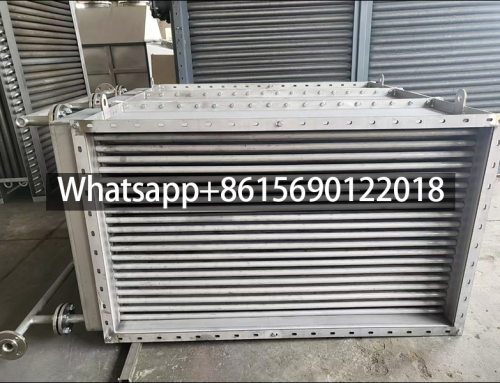Why do Evaporators Use Low Finned Tubes?
Why Low-Fin Tubes Are Chosen for Evaporators
The evaporator uses low-fin tubes mainly because of its excellent heat transfer performance and anti-deformation ability. Low-fin tubes significantly increase the surface area by processing spiral fins on the outer surface of the light tube, thereby improving the heat transfer efficiency.
The selection of low-fin tubes for evaporators is primarily based on their unique thermodynamic properties, structural adaptability, and engineering economics. The core reasons are elaborated as follows:
I. Core Design Advantages for Enhanced Heat Transfer Efficiency
- Extended Heat Transfer Area:
Low-fin tubes significantly increase the contact area with the fluid by forming spiral fins (typically 1-2 mm in height) on the surface of a bare tube through mechanical rolling. During refrigerant evaporation inside the tube where it absorbs heat, the fins expand the heat exchange area to 2-3 times that of a bare tube. This accelerates heat transfer from the air (or other external fluid) to the refrigerant, boosting evaporation efficiency. - Optimized Airflow Disturbance:
The fin structure disrupts the laminar boundary layer of the air, enhancing turbulence and reducing thermal resistance. Experimental data indicates that the Nusselt number (Nu) for evaporators using low-fin tubes is significantly higher than that for bare tubes, signifying a higher convective heat transfer coefficient.
II. High Adaptability to Structure and Operating Conditions
- Compact Spatial Layout:
Low-fin tubes achieve a larger heat transfer area per unit volume, solving space constraints in evaporators for applications like air conditioners and cold storage. For example, Haier air conditioners utilize ultra-thin fins as low as 5mm to maintain high heat exchange efficiency within narrow spaces. - Frost Resistance and Dehumidification Capability:
Fin pitch design (e.g., 6-12 mm) under low-temperature conditions delays frost formation:- Larger Fin Pitch (e.g., 10mm): Reduces the risk of frost blockage in air passages, suitable for cold storage below -25°C.
- Hydrophilic-Coated Fins (e.g., corrugated type): Increase moisture removal capacity in low-temperature, high-humidity environments, extending defrost cycles.
- Medium Compatibility:
Copper-aluminum composite materials balance thermal conductivity and corrosion resistance, adapting to multi-medium environments (refrigerant, air, etc.). Aluminum fins (for pH 6-8 environments) or copper-nickel alloy fins (for highly corrosive scenarios) can be selected based on specific needs.
III. Energy Saving and Economic Advantages
- Reduced System Energy Consumption:
Efficient heat transfer reduces required refrigerant charge and compressor power consumption. The fin structure also lowers air-side pressure drop, saving fan energy. Tests show that optimized fin design can improve the energy efficiency of refrigeration systems by over 8%. - Controllable Cost and Customization Flexibility:
Mature mechanical rolling processes support customized production (e.g., variable pitch, variable fin height) for tube diameters typically ranging from 1 to 3 inches, balancing performance and cost. Compared to high-fin tubes, low-fin tubes consume less material and offer moderate maintenance costs.
IV. Outstanding Features Compared to Other Evaporator Types
| Type | Heat Transfer Efficiency | Frost Resistance | Space Requirement | Typical Application Scenarios |
|---|---|---|---|---|
| Bare Tube | Low | Poor | Large | Small cold rooms, low-cost scenarios |
| High-Fin Tube | High | Moderate | Moderate | High-temperature, dry environments |
| Low-Fin Tube | High | Excellent | Small | Low-temperature, high-humidity, space-constrained scenarios |
Conclusion
Low-fin tubes, characterized by area enhancement, compact structure, and frost-resistant design, are the ideal choice for evaporators. They are particularly well-suited for scenarios requiring high-efficiency heat transfer and space optimization, such as refrigeration/air conditioning systems and low-temperature cold storage. Selection must consider temperature, humidity, medium properties (e.g., frosting tendency), and space constraints. Optimal performance is achieved by customizing fin parameters (pitch, material) based on these factors.


